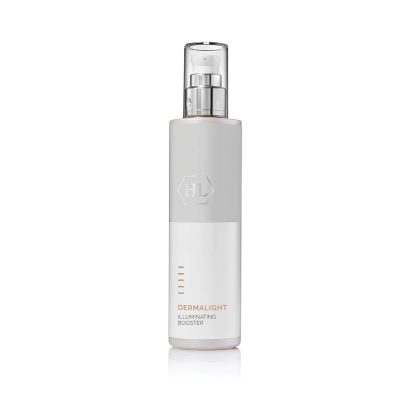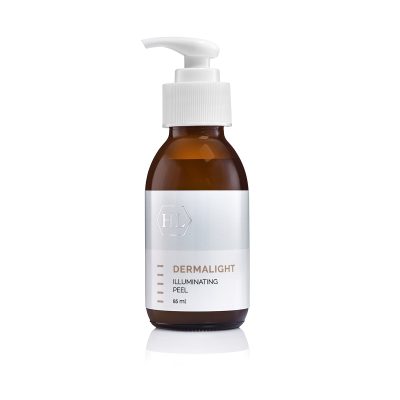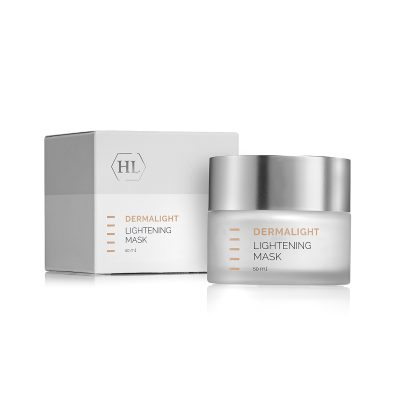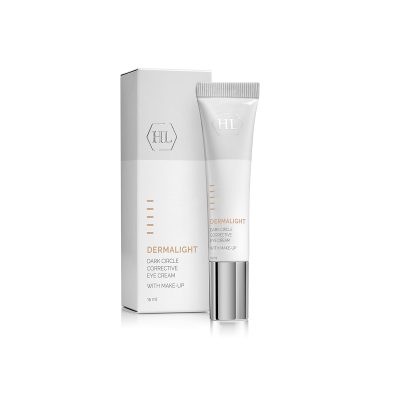Causes of hyperpigmentation
The accumulated exposure to the sun’s radiation is the main cause for spots and hyperpigmentation, but how exactly are the spots formed and how are they treated?
The photoaging processes that are caused by the UV rays are known today as the main cause for skin damages. These rays cause long-term damage, which has a crucial role in the aging of the skin, including the appearance of pigmentation and sunspots. Among the general population pigmentation problems are one of the common reasons for seeing dermatologists, and beyond the aesthetic problem, it has also been found to entail negative psychological influences for those who suffer from them.
The instigators of the damage are the free radicals, found in the ultraviolet radiation. These unstable and destructive molecules cause changes and continuous damage to all the layers of the skin, when the first to be damaged are the melanocytes cells of the epidermis. These cells produce melanin – the skin pigment that grants skin its color. Melanin is actually one of the skin protective mechanisms, and its role is to protect the skin from the sun’s radiation and to filter the damaging rays. It absorbs, and later on returns the UV rays that penetrate the skin, and thus prevents them from damaging the cells and the skin tissue. The enzyme responsible for the production of melanin is tyrosinase. It produces melanin from the amino acid tyrosine. When we are exposed to the sun, the tyrosinase accelerates and encourages the production of the melanin and the skin darkens. The problem is that the dispersing of the pigment particles is not always even, and sometimes, color particles accumulate in a certain area, creating a spot, or a hyperpigmentation area.

-
Sale!

DERMALIGHT ILLUMINATING BOOSTER 100ml
56,35 €Original price was: 56,35 €.42,26 €Current price is: 42,26 €. Add to cart -

DERMALIGHT ILLUMINATING PEEL 85ml
84,03 € Add to cart -
Sale!

DERMALIGHT LIGHTENING MASK 250ml
126,70 €Original price was: 126,70 €.76,02 €Current price is: 76,02 €. Add to cart -
Sale!

DERMALIGHT CORRECTIVE EYE CREAM – WITH DEMI MAKE-UP 15ml
67,88 €Original price was: 67,88 €.50,91 €Current price is: 50,91 €. Add to cart
Hyperpigmentation begins to appear at a very young age, even if it is not visible. Using ultraviolet photographing technique, various studies have revealed that pigmentation spots can already be found at the age of 12 on the skin of children who were exposed to the sun without protection. Nevertheless, the external expression of the damages of the exposure to the sun’s ultraviolet radiation begins to manifest in the skin years after it, and the influence is accumulative. At a certain stage, mostly around the ages of 30–40, these damages become visible in the form of freckles, spots and hyperpigmentation.
Other than the UV rays, additional factors contribute to the formation of spots and hyperpigmentation phenomenon. One of the central ones is taking certain medications, skin inflammations and injuries, hormonal changes that occur for example during pregnancy or due to birth-control pills and stress, all influence the production of melanin.
Like in many fields, the best treatment for pigmentation problems is prevention, and in this case, the most effective prevention is achieved through a consistent and meticulous use of sunscreens. Studies show that a regular use of sunscreens is related to a significant decrease in the appearance of age signs and skin pigmentations. According to internationally recognized guidelines, it is necessary to ensure that the selected product provides protection from both the UVA radiation and the UVB radiation, and that it has a sun protective factor (SPF) of at least 15. For those who belong to the risk groups or in cases when there is a prolonged activity outdoors, the recommendation is a sunscreen with SPF 30 and above.
Skin lightening ingredients
In recent years, many studies have been conducted with the purpose of developing effective and safe cosmetic products for correcting hyperpigmentation spots and overall illuminating the skin tone. One of the main developmental focuses on the tyrosinase enzyme. By impeding the production of tyrosinase in the skin, the production of melanin can be impeded, thus influencing the phenomenon of pigmentation.
DERMALIGHT is a unique and effective treatment line based on classical ingredients known for their lightening properties alongside new generation lightening ingredients, working in synergy to target various hyperpigmentation mechanisms. This multi target approach, that pigmentation occurs at various levels, proposes different modes of interference to be most effective with the help of functional key actives which have been scientifically proven to reduce uneven tone and pigmentation.
Butylresorcinol, a resorcinol derivative that has an inhibitory effect on both tyrosinase and tyrosinase-related protein-1, is considered a significant and effective ingredient in innovative hyperpigmentation treatments. Recent researches demonstrated use of Butylresorcinol resulted in significant decrease in melasma pigmentation.
Undecylenoyl Phenylalanine works as an α-MSH (Melanin stimulating Hormone or Melanotropin) inhibitor in 3 different mechanisms of melanin production: inhibits tyrosinase enzyme, prevents melanin synthesis and prevents expansion of pigment to the cells.
Arbutin is a plant derivative, produced from bearberry leaves, it acts to efficiently impede the production of melanin by inhibiting the tyrosinase enzyme and by that prevents the formation of new spots.
Kojic Acid, a by-product in the fermentation process of malting rice or the manufacturing process of sake — the Japanese rice wine; it inhibits the production of melanin by reducing the efficiency of the tyrosinase by interrupting the connection with tyrosine thus reducing the production of melanin.
Azelaic Acid, found in wheat, rye, and barley, inhibits the tyrosinase enzyme and therefore reduces melanin production. In addition functions as an anti bacterial ingredient and is suitable for all skin tones. When it is combined with Kojic Acid it assists in achieving a quicker result in the impediment of the melanin and the reduction of the spots.